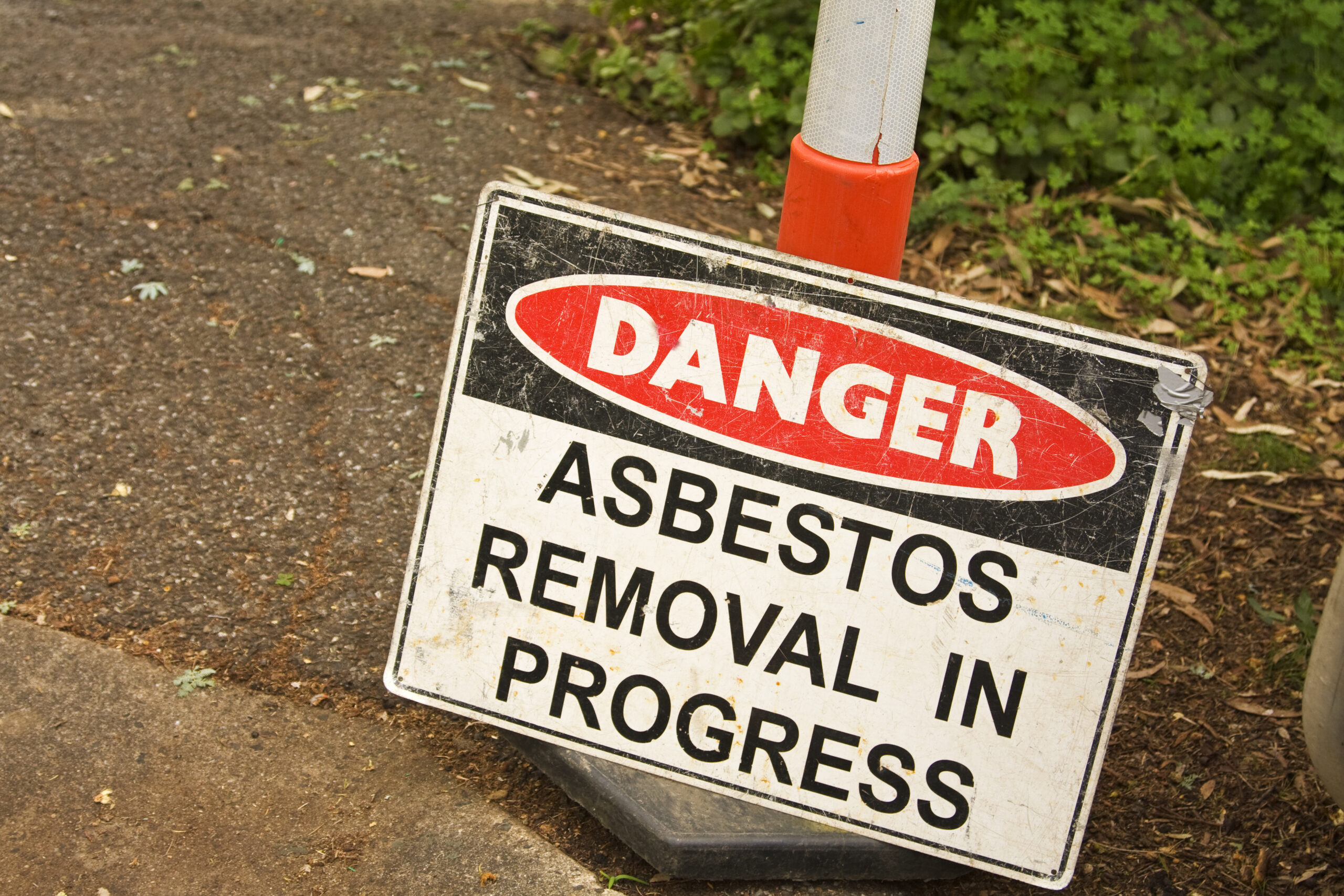Is Asbestosis a Type of Lung Cancer?
By Rachel Ernst |
Asbestosis is a disease affecting the lungs and respiratory tract. The disease has the same cause as certain cancers, like mesothelioma, but asbestosis is not considered lung cancer.

Lung Cancer and Asbestosis Testing
Asbestosis is a chronic lung disease caused by exposure to asbestos fibers that requires testing to diagnose. Risk factors include prolonged occupational exposure to the toxic mineral and secondhand exposure. The condition is a type of pulmonary fibrosis (scarring of the lungs) in the lungs and respiratory tract. Cancers related to asbestos exposure such as lung cancer and mesothelioma occur due to damaged DNA in cells after exposure to the carcinogen. Asbestosis is only limited to scar tissue within the lungs, and the formation of tumors and the spread of unrestricted cellular growth is not possible.
Asbestos is a naturally occurring mineral commonly used in certain building products until the 1980s. Exposure to asbestos can occur in various settings, such as work, schools, or home. Products that contain the toxin typically consist of insulation, floor and ceiling tiles, or textiles. Coming into contact with asbestos, loose fibers can enter the lungs through the nose or the stomach through the mouth. After prolonged exposure, asbestos fibers can build up and cause irritation within the small air sacs in the lungs also known as the alveoli. Over a period of 10 to 40 years, the irritation can eventually create scar tissue, resulting in lung cancer, asbestosis, or other diseases.
Asbestos Lung Cancer
Some evidence suggests an asbestosis diagnosis can actually increase the risk of developing lung cancer. People who have a history of smoking are at an even higher risk of developing asbestosis and lung cancer. Lung cancer, mesothelioma, and asbestosis are more common diseases caused by asbestos exposure. In rare cases, exposure can cause cancer of the gastrointestinal tract, kidney, and throat (larynx or oropharynx).
Recently, researchers began exploring the link between lung-related diseases and vaping. Early results indicate that prolonged vaping can cause symptoms similar to asbestosis and lung cancer. Over time, people who vape can also become exposed to probable carcinogens or hazards found in the ingredients of e-cigarettes and other vaping devices.
Occupational asbestos exposure causes multiple diseases and malignancies, including pleural plaques, pleural effusion, stomach cancer, COPD, ovarian cancer, and colon cancer. Those at the highest risk of developing an asbestos-related condition likely worked in industries such as construction, electrical work, the military, or shipyards.
What Are The Symptoms of Asbestosis?
Symptoms of asbestosis occur between 15 and 35 years after the first exposure to asbestos. Symptoms may gradually worsen over time. Asbestosis testing indicates the most common symptoms of asbestosis are shortness of breath, chest tightness, and dry cough. These common symptoms are similar to lung cancer symptoms.
Scarring along the lungs stiffens the tissue and reduces the function of the alveoli, making it difficult to breathe. Other symptoms include chest pain, crackling sound upon inhaling, loss of appetite, and weight loss. One distinct symptom of asbestosis is the clubbing of the fingers, a disorder causing bulging fingertips.
While there is no cure for asbestosis, treatment can relieve symptoms and slow the progression of the disease. Early detection can improve an asbestosis prognosis and extend the lives of asbestosis and lung cancer survivors.
Lung Cancer Treatment and Asbestosis Testing Near Me
Once a patient begins noticing common symptoms of asbestosis or another disease of the lung, they should talk to their doctor. A history of asbestos exposure may prompt additional testing. Common tests for asbestosis look for breathing issues, water buildup, or the presence of pleural plaques. Doctors conduct asbestosis testing via X-ray or CT scan, pulmonary function testing, or biopsy.
A doctor identifies or confirms an asbestosis diagnosis if tests indicate pleural plaques and other symptoms. Following an asbestosis diagnosis, a patient will likely start treatment immediately. Treatment options help manage the disease and control its symptoms.
Asbestosis patients may receive oxygen therapy or an inhaler to help with chest congestions, tightness, or wheezing. In rare cases, a patient may undergo a lung transplant or other surgery to remove the affected tissue.
Most doctors encourage asbestosis patients to follow a pulmonary rehabilitation (PR) treatment program. The program consists of a team of specialists that determine a treatment program best suited for each patient. A PR plan can help improve lung function, minimize symptoms, and make breathing easier through breathing exercises and techniques, nutrition, and physical movements.
Asbestosis Lawsuit and Lawyers
Patients with an asbestos-related disease may be eligible for an attorney and financial assistance through personal injury claims. Immediate family members can also file a wrongful death claim on behalf of a loved one who passed away from an asbestos-related disease. Compensation earned from filing a claim against asbestos manufacturers covers common costs of cancer, including treatment, travel expenses, and loss of income.
If your lung cancer diagnosis was caused by exposure to asbestos at work, you could be entitled to compensation. Get your free Lung Cancer Guide to learn more about asbestosis litigation.